Once iconic, once fading, even disappearing, jazz is making a comeback in the Southern city with a cross-generational dialogue.
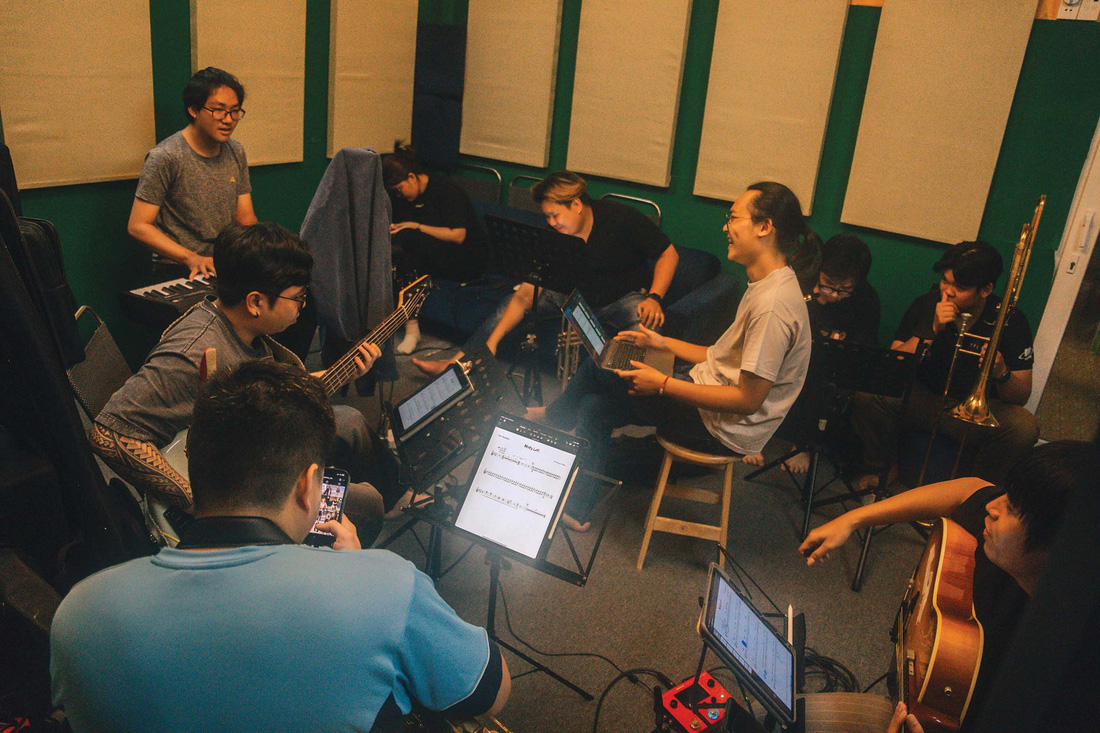
Preparing before the DIY show - Photo: NVCC
There, many young people stepped into the undisguised excitement.
The blue gathering place of my childhood
Binh An (30 years old) is currently one of the most sought-after jazz singers at several venues specializing in this genre in Saigon. She performs every night from Tuesday to Sunday. Binh An just graduated from the jazz - pop - rock and music technology department of the Ho Chi Minh City Conservatory of Music last June.
Binh An's love of jazz began with the Disney musical Fantasia 2000 that her mother bought her when she was in fourth grade. It included George Gershwin's Rhapsody in Blue, which she loved to replay over and over again.
"So the girl searched to find out what kind of monster it was that had such a terrible effect on her" and then found out that in this lifetime piece of music, Gershwin had combined elements of classical music with jazz. Jazz has been in Binh An's mind ever since.
During her junior high school years, she sometimes followed her mother to listen to music at Saxn's art by artist Tran Manh Tuan. At that time, Saigon did not have many jazz venues like it does now. For little Binh An, Saxn's art - with its dominant blue color, a narrow but spacious and lively space due to the special interaction between the artists and the audience at that time - haunted her throughout her childhood.
"Back then, the music nights at Saxn's Art usually had three parts. After Ms. Tuyet Loan came down, Mr. Tuan came up and played the saxophone, sometimes the flute or two trumpets at the same time. So cool and so talented. There were even foreign artists improvising right on stage, it was so much fun," Binh An said.
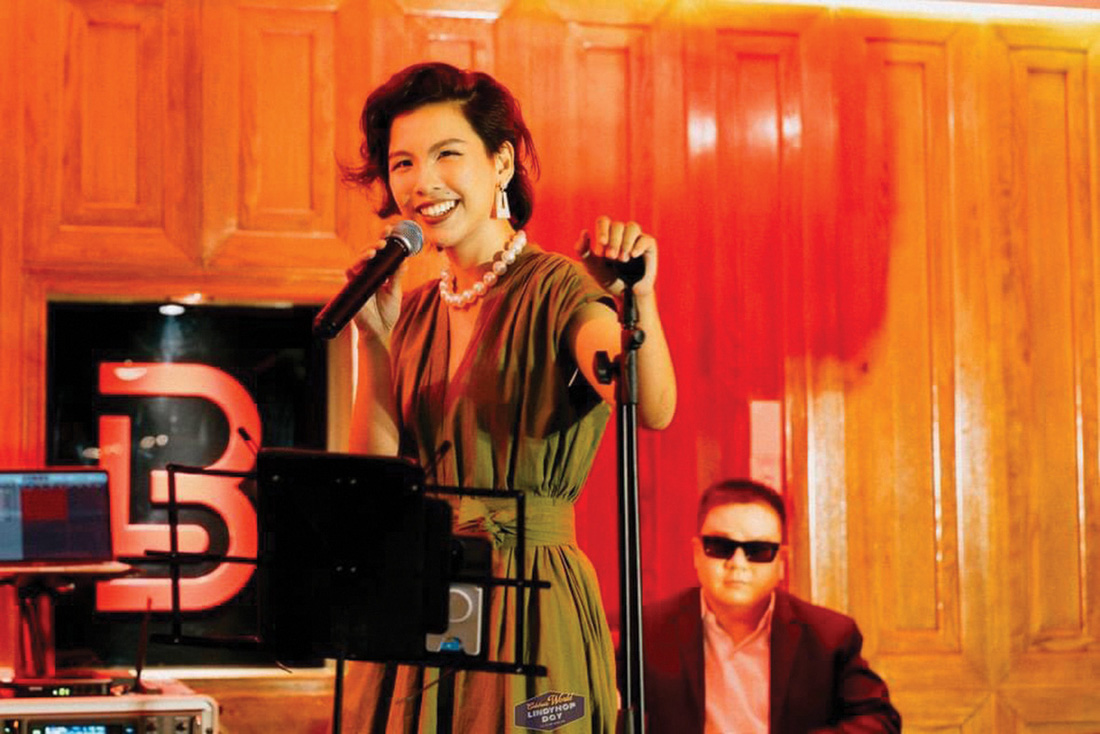
Singer Binh An said she loves jazz like injecting jazz into her blood - Photo: NVCC
If in Hanoi, Mr. Quyen Van Minh inspired young people to pursue this genre, in Saigon it was Mr. Tran Manh Tuan. Saxn's art - that blue space - was associated with a generation of young people who loved jazz in this city for a long time, not just me.
Peaceful
Binh An loves jazz so much that some juniors gossip: "That lady, she injected jazz into her blood." Hearing the story, she laughed: "What nonsense!". But "the jazz injection is real". Binh An shared that there are still people who ask her to sing other types of music, but she refuses because "her blood is all jazz, playing something else would be shocking".
It was also thanks to jazz that Binh An later met "Uncle Tuan" and sang at Saxn't art - a place where he had fun as a teenager and dreamed of one day singing there.
Unlike Binh An, Tang Tue Vi (22 years old) - the leader of the 13-member band Ngay Nen Kim Ensemble - is from Long Xuyen. When Vi was in 9th and 10th grade, people in An Giang only played pop or old music. "Once in a while, a guy from Saigon comes back to play jazz. He plays a completely different kind of music, I find it so good," Vi said.
So Vi searched the Internet to learn everything about jazz. In addition to studying culture, he "hugged his computer, went on YouTube to learn to play the piano". That passion for jazz led him straight to the Ho Chi Minh City Conservatory of Music and even when he was a student, Vi saved up, borrowed, and asked his parents for money to open his own recording studio, to freely "play around" with this special music genre.
Tang Tue Vi and his brothers recently participated in the Tu Lam show that took place in August. It was an event that "may be small to outsiders, but for Saigon's young jazz lovers, it was an unforgettable and proud memory," Vi said.
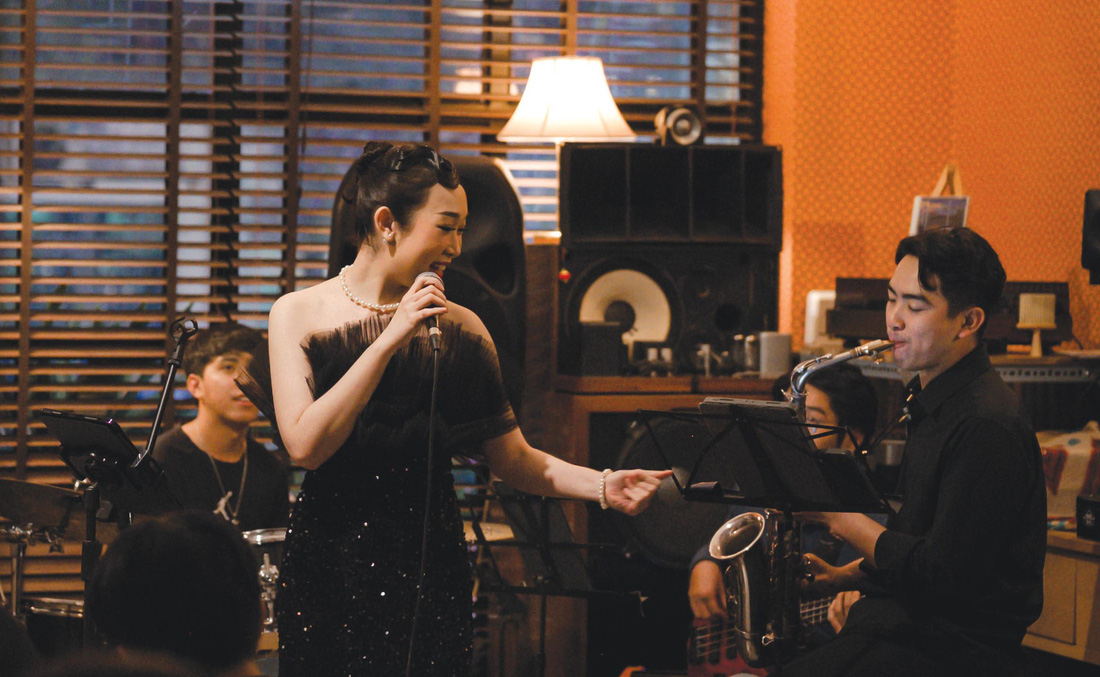
Micarorpa Band
Saigon jazz is so much fun!
Besides Ngay Sen Kim Ensemble, there are also Kobe Thuy Situation, The Trytones and Microcarpa. Except for the "oldest" ones born in 1995, 1996, the majority were born after 2000.
Kobe Thuy - head of Kobe Thuy Situation - started playing jazz piano at Saigon music venues 8 years ago.
At that time, he was one of the very few Vietnamese people standing on stage performing with foreign artists.
A few years ago, due to the impact of COVID-19, most of them returned home, leaving a large void in the underground jazz scene in Saigon.
Once Thuy came to Saxn's art to practice with artist Tran Manh Tuan.
"Uncle Tuan said that your generation should think of their own jazz instead of following covers. If it were covers, foreign artists would have done a great job," Thuy said. The idea of a playground began to form in his mind.
Young people in their twenties sat there in the bustling atmosphere of Saigon coffee shops and innocently talked about their "little dream", which was to have their own indie jazz community, with Vietnamese jazz songs.
Then they all got together, invited this person and that person, whoever had something to use, together made a "self-indulgent" music night for the community, called Tu Lam.
NEN KIM SESSION TET 2024 - WHAT DID YOU DO LAST YEAR (jazz version)
Micarorpa of Pham Nguyen Quynh Huong (28 years old) has five members playing musical instruments and has been active for 2 years. For Huong, the appeal of jazz lies in the fact that it does not restrict the players to be this way or that way. When she is sad, she can play a happy song as sad and vice versa, as long as it is the best it can be.
Jazz in a very special way, expresses the player's soul in the highest and deepest way. It makes Huong "feel more soaring than any other genre of music in the world".
Not as talkative as the others, Trung Chinh (21 years old) - the leader of The Trytones with six permanent members - is surprisingly quiet. "But his compositions are very good", Kobe Thuy added.
Chinh is currently a piano student at Van Lang University, but his main job is to go to shows like he's going to the market, making money. When Thuy invited him to form a band and join Tu Lam, Chinh was happy so he agreed right away. And actually, for this 2k guy, having fun is the most valid reason to start something.
Having played music at many venues, Chinh said he felt that "the perspective of jazz listeners is a bit stereotypical, artists also play the same songs over and over again. There are so many venues like that, it becomes boring. Why not try playing other songs?". So Chinh wrote his own music.
Living on the other side of the city center, in District 7, Chinh goes back and forth every day and collects in his heart many states of life in Saigon, including his own.
I "jump to the music" anytime. Sometimes at home, sometimes while driving on the road. Or sometimes when I just wake up, and there are also days when I'm so frustrated, I look up at the sky and think about random things... And finally the music collection is born. Waiting for the day to play it on stage.

Kobe Thuy Band Situation
There was no place to play so we organized our own playground to play together, thereby creating a strong indie jazz community connecting jazz players and jazz listeners together.
Kobe Sweden
Do Saigon and jazz "go together"? Kobe Thuy thinks it's "a perfect touch point". Saigon is developing in a market direction, there are many places to play. The population is large, young, and open. "If you have passion, you can play, I welcome you. Whether you survive or not is up to you," he said.
Vi laughed heartily in true Western style: "I see that people in Saigon love to play and have fun. The music you play makes people happy, you have a place to stay without worrying about hunger. Saigon jazz is so much fun."
Quynh Huong looks like a dynamic place here. Compared to before, Saigon's youth listen to jazz more and more. The number of jazz venues has also increased.
Ho Chi Minh City is also a tourist city, many tourists come here to visit and listen to jazz.
That's why in recent years, many pop artists have gradually switched to jazz. Kobe Thuy added that if before, 99% of the artists on stage were foreigners, now the percentage is almost half Vietnamese. That's great.
Young people sat and talked endlessly about the jazz dream for Ho Chi Minh City, filling the silence that had lasted for decades in this land. In the past, along with rock'n' roll, jazz, although not a popular genre, was also present in the Saigon music scene, then faded and disappeared with time.
Until the early 2000s, Tran Manh Tuan - a young man from the North arrived, bringing with him what he had learned to revive one of the most captivating music genres in this place.
The number of music venues specializing in jazz or having jazz days during the week is increasing in Ho Chi Minh City. The city has a generation of young jazz artists who are getting better and better, a generation of jazz singers who are developing at a fast pace. And in the past, 99% of the jazz audience was foreigners, but now the Vietnamese audience, especially the young people, is increasing.
Artist Tran Manh Tuan
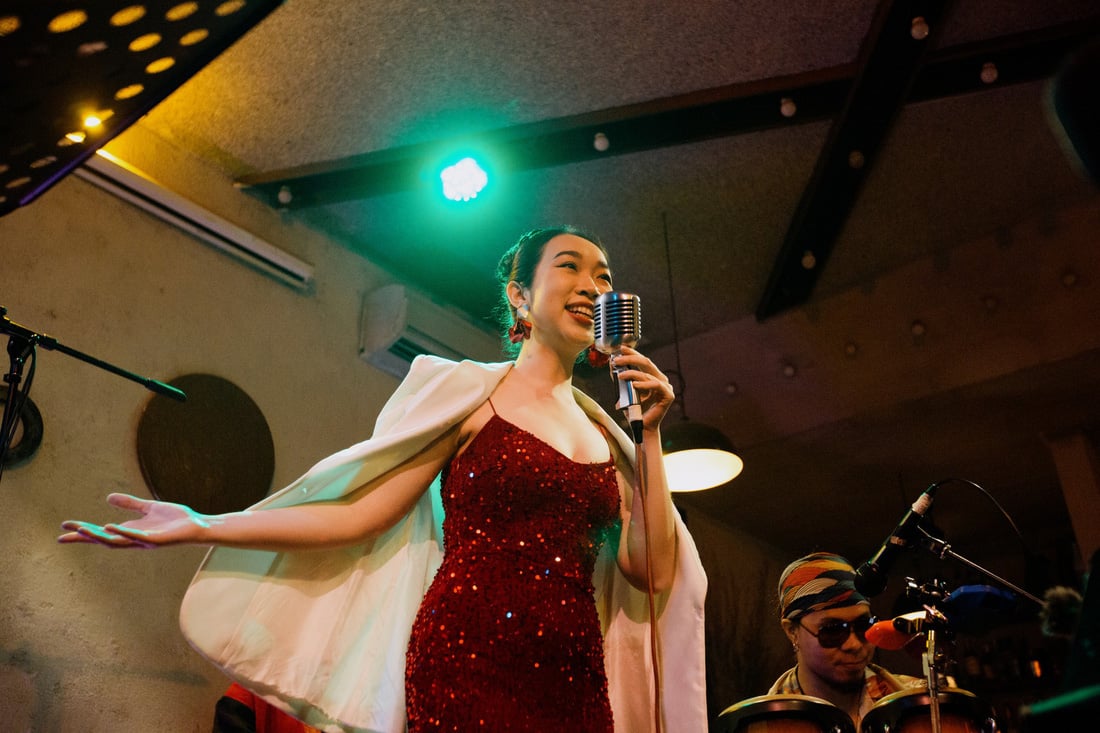
Ho Chi Minh City has a very young generation of jazz players and singers - Photo: FBNV
Tran Manh Tuan hit the jackpot in Saigon
At the invitation of musician Trinh Cong Son and singer Hong Nhung, in July 2000, saxophone artist Tran Manh Tuan left Hanoi to live in Ho Chi Minh City.
Back then, "jazz was a very weak thing here." There were no proper jazz venues.
Meanwhile, in the North, his teacher - artist Quyen Van Minh - gradually established the foundation for jazz. Although still relatively new to the majority, jazz has somewhat begun to "penetrate" the enjoyment culture of a segment of the audience.

Artist Tran Manh Tuan - Photo: NVCC
The visits of names like Steve Kuhn, Jaco Pastorius, Herbie Hancock, Miles David... at Minh's Jazz Club (now Binh Minh Club Jazz) showed that in Hanoi at that time, jazz had a life of its own.
"At that time, Ho Chi Minh City was so sad," Tran Manh Tuan said. He began to feel his way through all the emptiness. The road was wide and empty but lonely.
4 years later, the artist opened Saxn'art Club in District 1, first to have a place to play for himself, and then to give his brothers who love this music genre a place to practice their skills.
One day, a 5-star hotel general manager sent someone to ask Tran Manh Tuan to be in charge of 5 jazz pieces for the hotel.
Tran Manh Tuan caught the eye of this person because in all of Saigon at that time, he was the only one who had received formal jazz training and had studied abroad.
"There's a smell of luck somewhere," he started to gather musicians all over Saigon. Being both a musician and a manager, after dividing the money among the members, Tran Manh Tuan pocketed 1.5 million VND. That was a huge amount of money at that time. The Northern guy was crazy with joy.
That event brought a "rain" of invitations to play music for coffee shops, bars and other underground venues. It turned out that people had a demand for jazz but no one was playing. So Tran Manh Tuan hit the jackpot. Hit big.
"Besides the pre-war music, bolero or foreign music venues, there were some jazz venues that still existed in Saigon at that time, where 99% of the guests were foreigners," he said. The artist remembers that back then, he was poor, and he rode an old motorbike to work all day. When it rained, his glasses would fog up, and he had to wipe the water away with his hand, but he was happy.
But what kind of jazz did you guys play back then? Classical jazz, mainly. Playing according to people's requests. "At that time, it was simply playing music to make money. The artists here were gossiping about what Mr. Tuan did to get so rich. They thought that no one could get rich playing the trumpet," Tran Manh Tuan recalled with a laugh.
But the more international music festivals he attended, the more he realized that "if you don't speak with your own voice, no matter how well you play, you will forever be just a parrot." The desire to create Vietnamese jazz gradually took root in his heart.

Tran Manh Tuan
That was the initial reason for the birth of a series of jazz-styled albums afterwards. From Ve que, Beo dat may troi, Body & Soul, Thanh pho buon, Ru ta ngam ngui, Nhu canh vac bay, Ru rung ... bringing jazz into familiar folk songs or Vietnamese songs that the public loves; to new composition albums like Thang Cuoi .
It was these studio products that brought Tran Manh Tuan's name to a wide audience. In Hanoi, Quyen Van Minh is considered a "living legend of Vietnamese jazz", while in Ho Chi Minh City, Tran Manh Tuan has gradually established his position.
THE TRYTONES - LIVE AT HOZO INSPIRATION SEMI-FINAL 2024
oOo
The show usually ended at 11pm, but Binh An had a habit of lingering around to chat with some regulars, also to fully enjoy the last lingering sounds. After that, she drove home alone at 12am.
The Saigon River must have been sleeping soundly at that time, only to wake up early the next morning with the sun or a loud rain that is all too familiar here.
On the way back, and all that night, the singer was filled with joy, elated, unable to sleep. Even when his voice had stopped, the sound fading into the air, jazz was still "alive" in a very intimate state.
Binh An, like Vi, Kobe Thuy, Huong, Chinh and many other young jazz singers and jazz players in Saigon, came to jazz just because of love.
Just like that, they shared many moments together, sometimes quiet, sometimes intense but beautiful. Together they created a world of sound around the symbolic river of Saigon, which can make people open their hearts to life and the depth of their souls.
Source: https://tuoitre.vn/jazz-van-chay-quanh-song-sai-gon-20250108165705149.htm






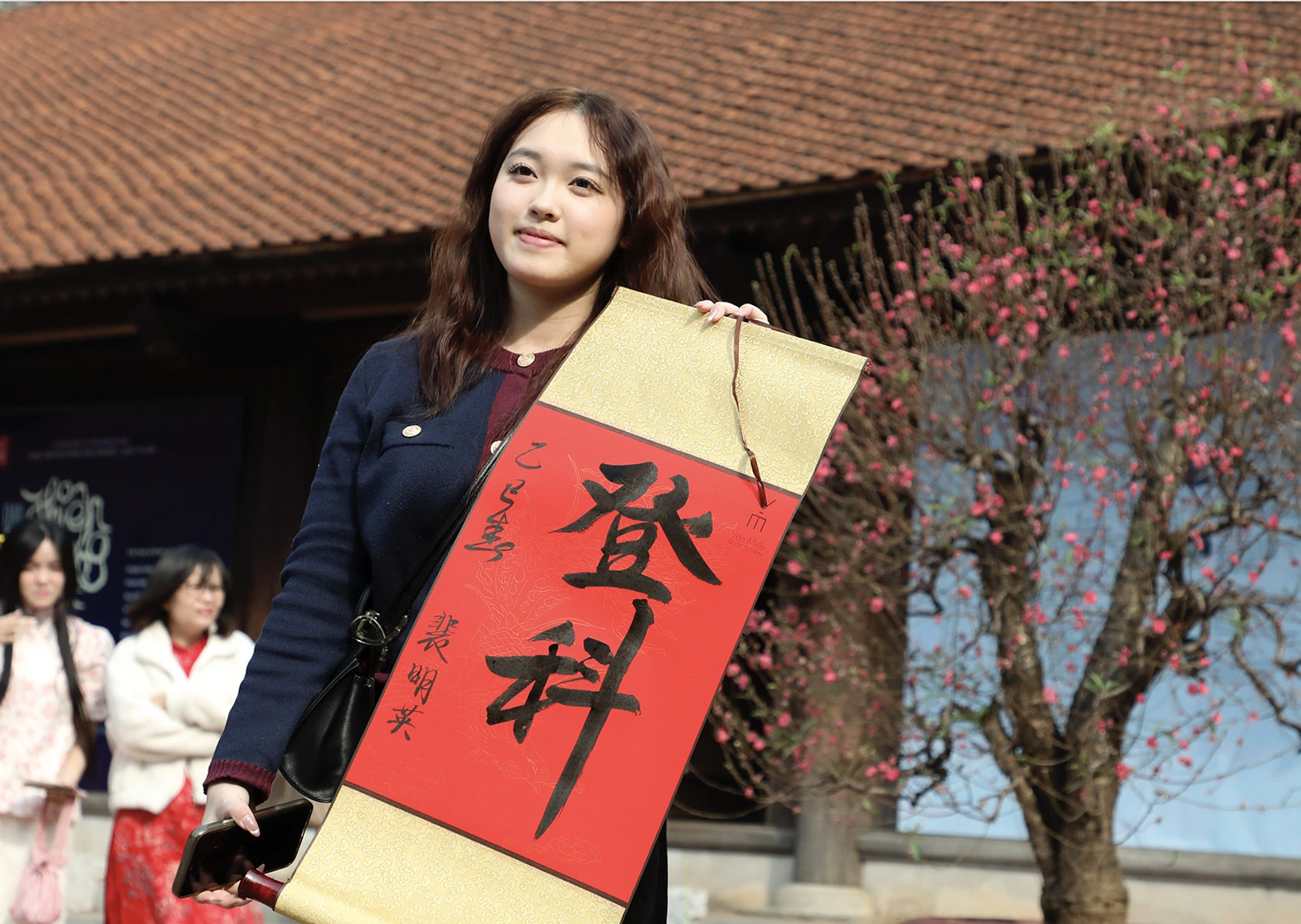
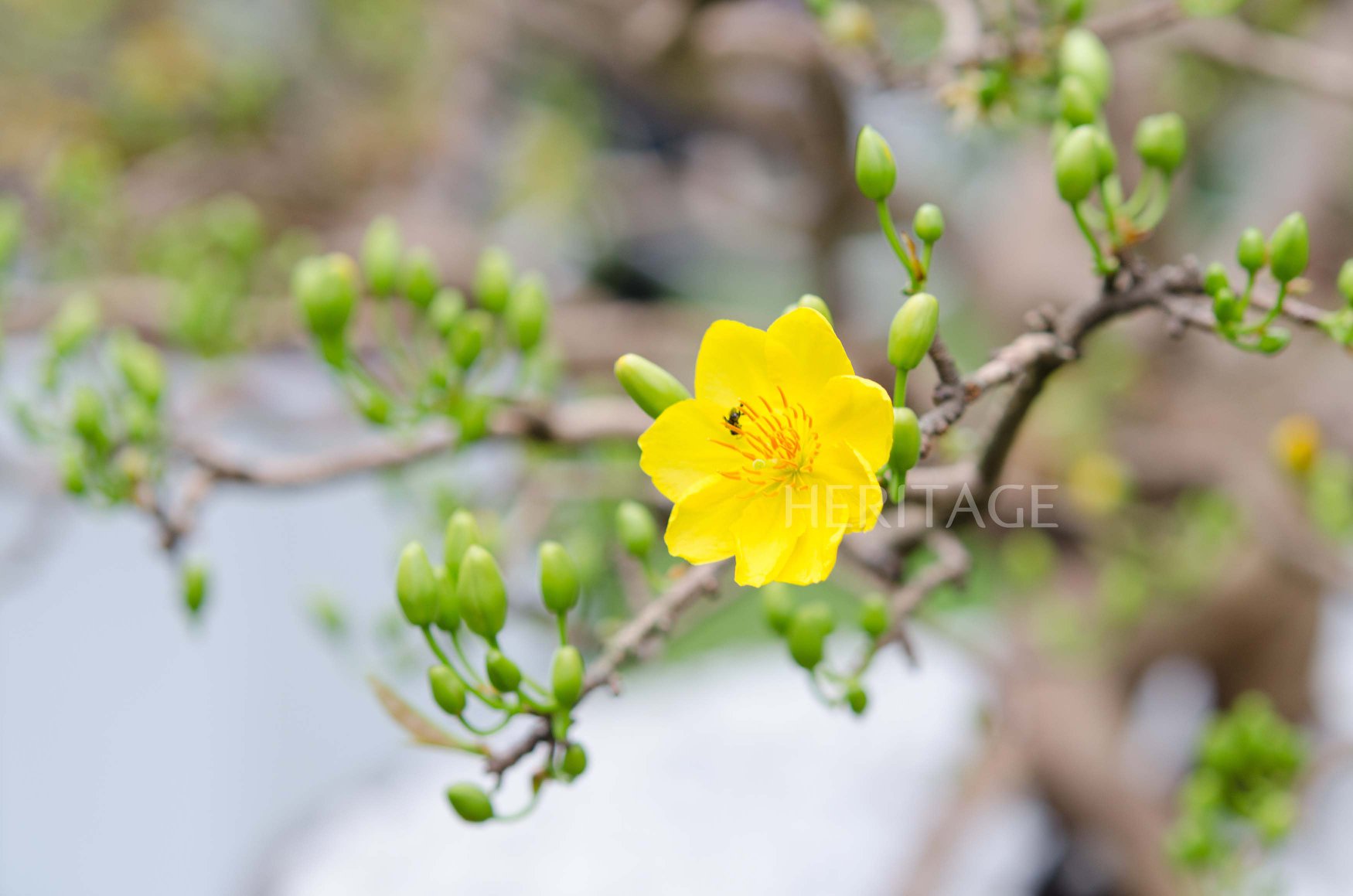




















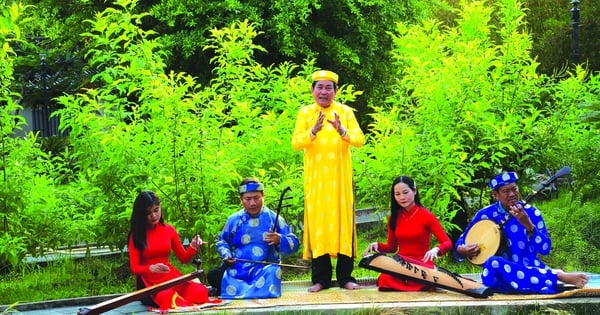

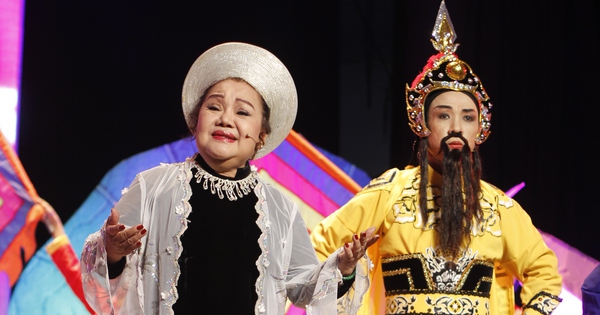
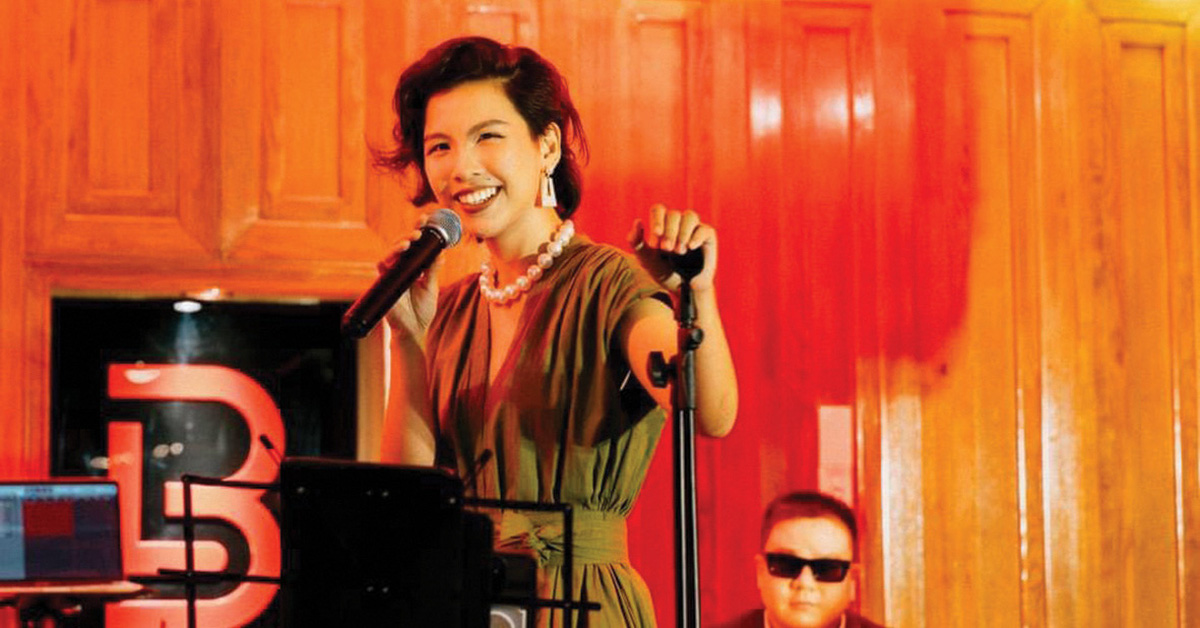
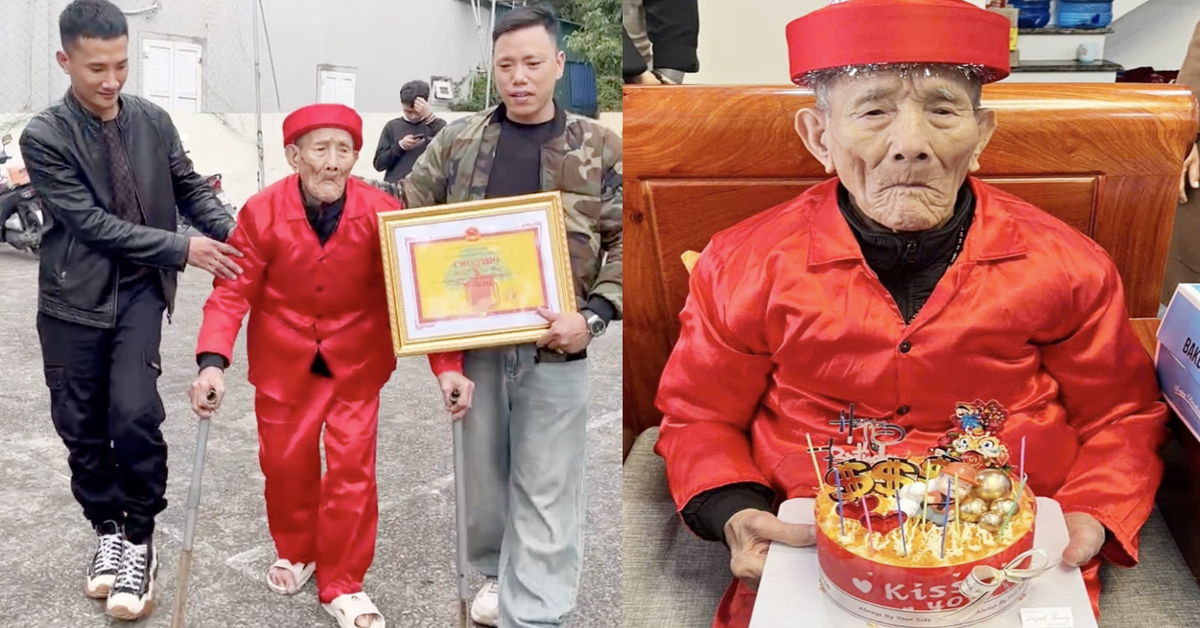
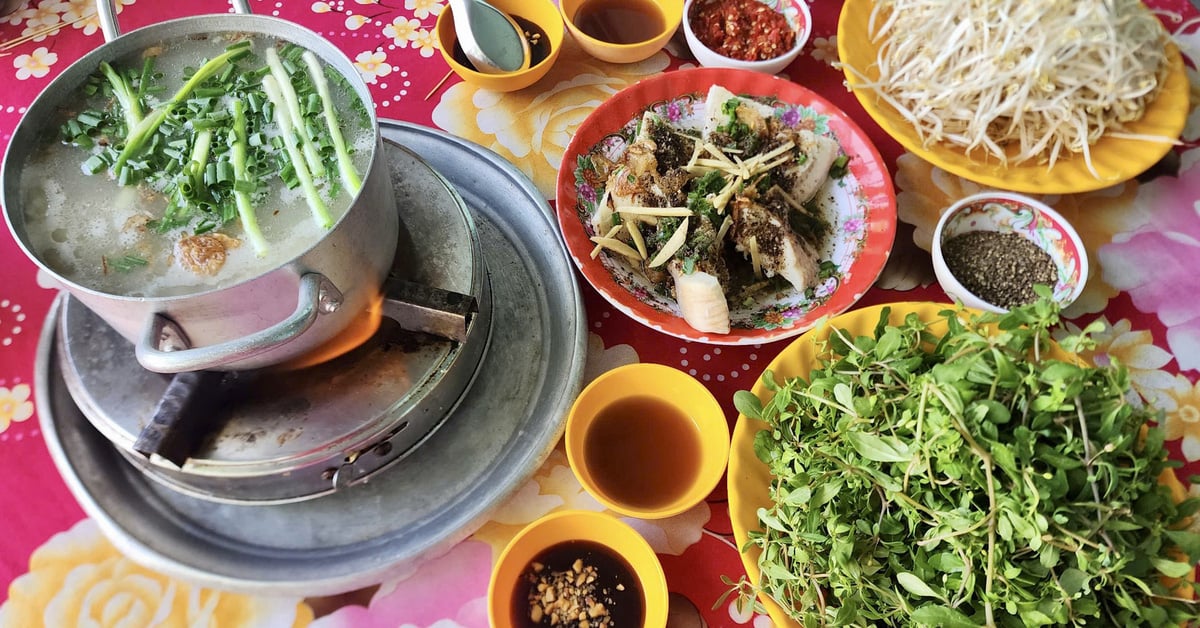



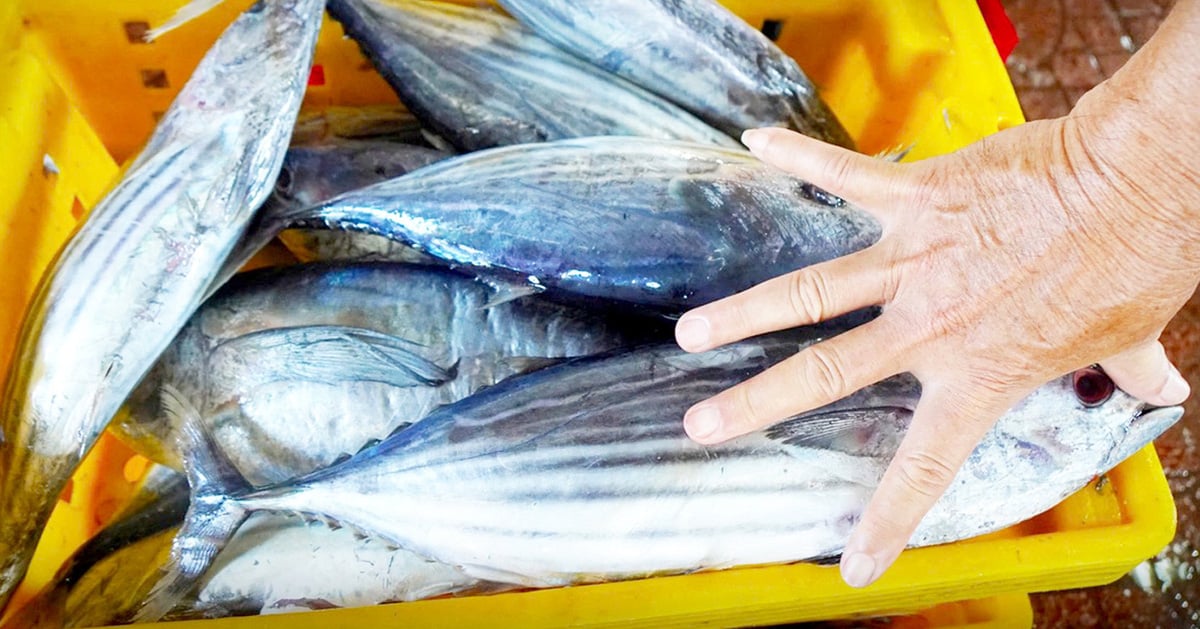

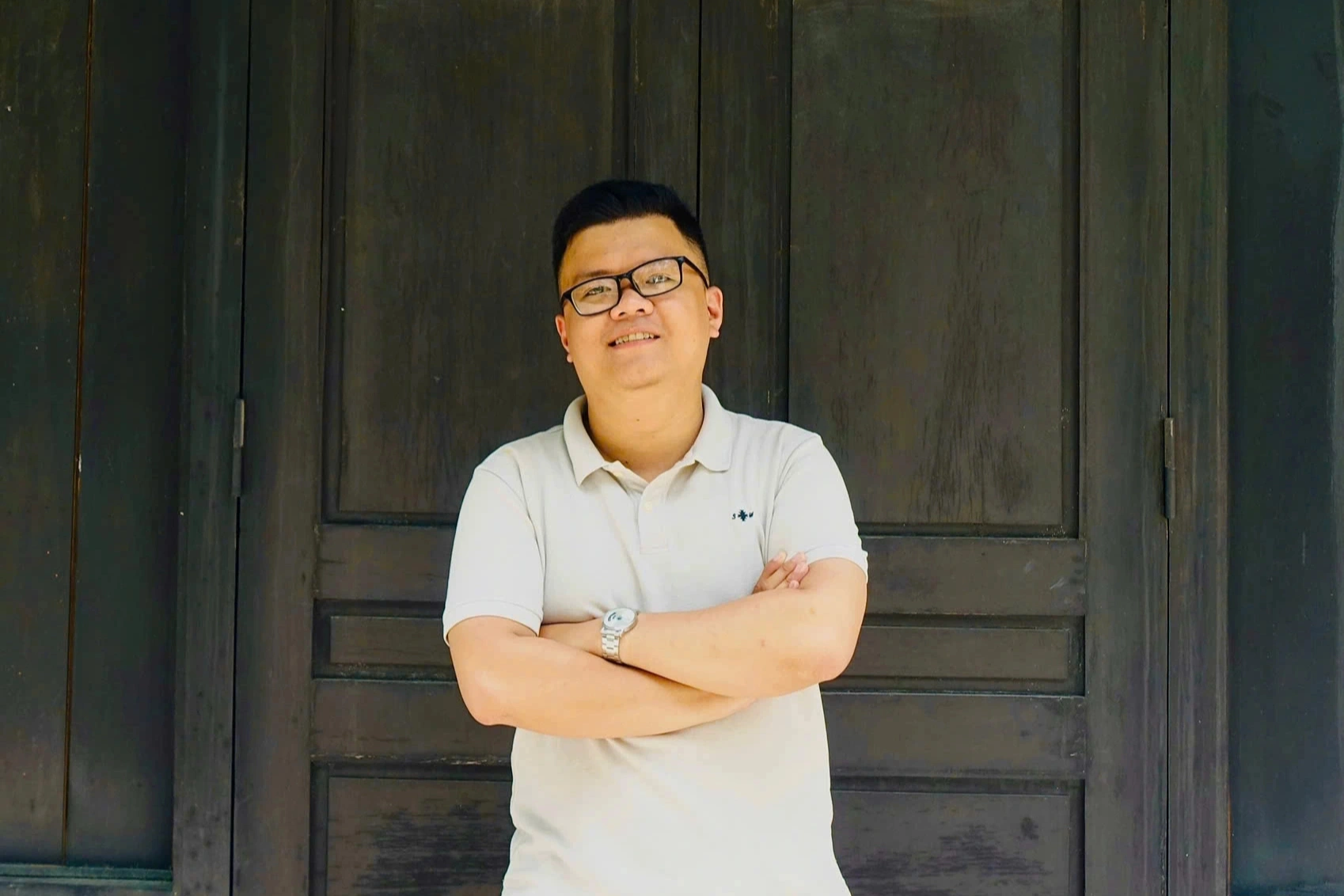
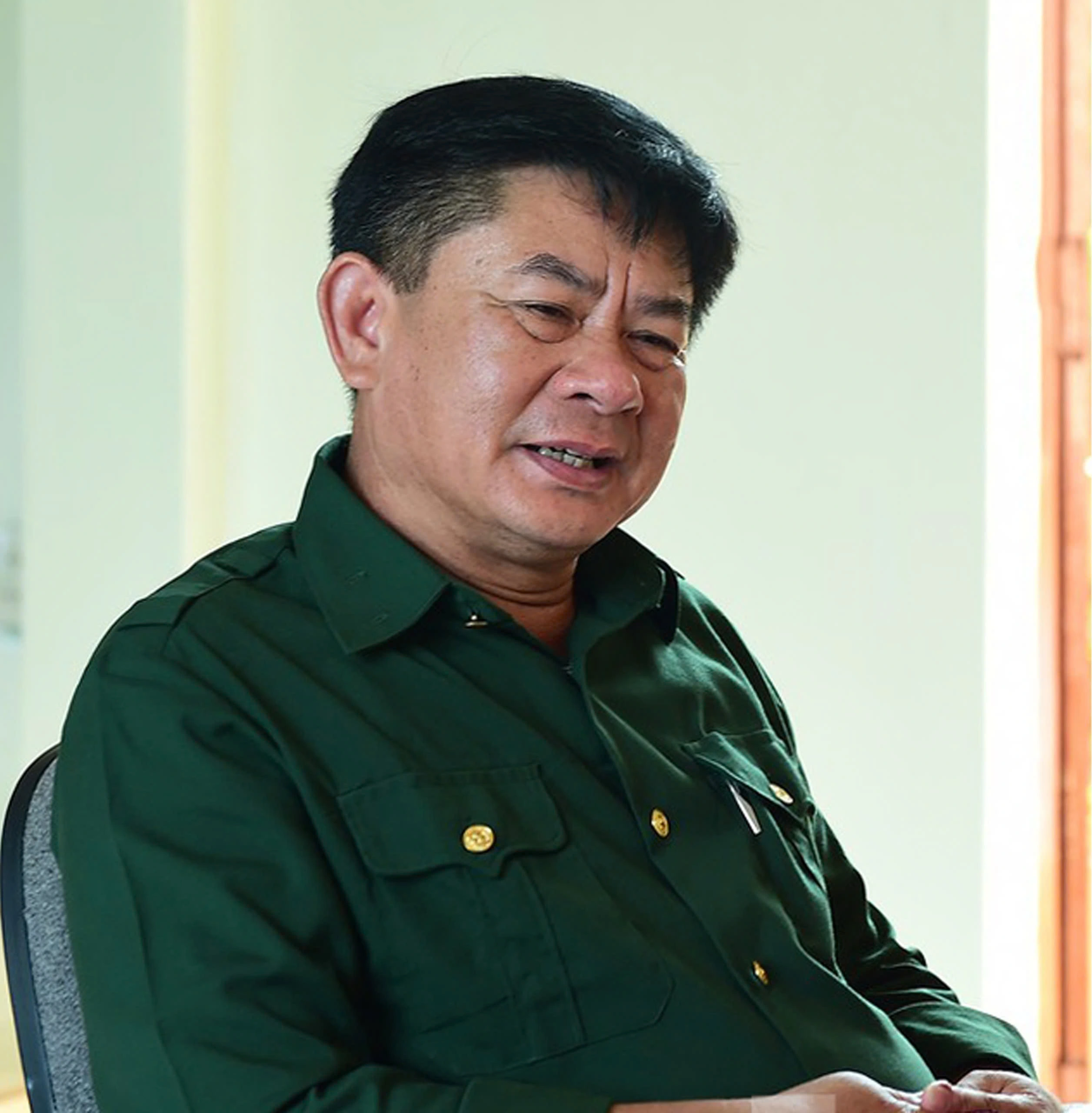




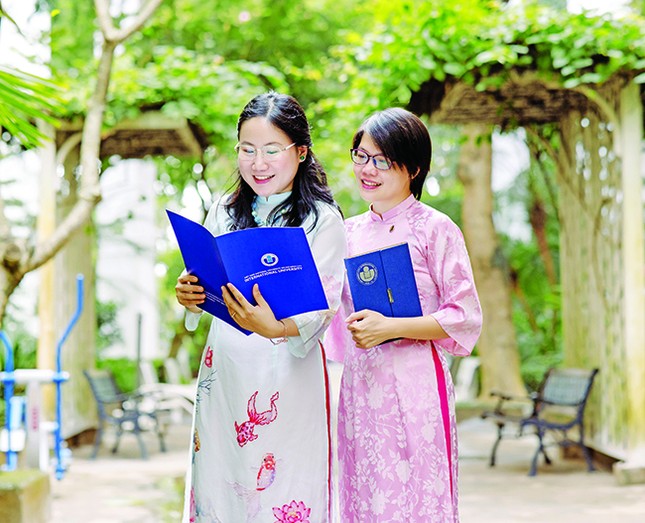





Comment (0)